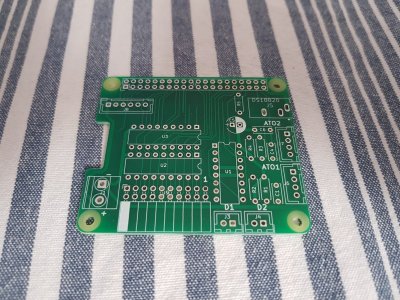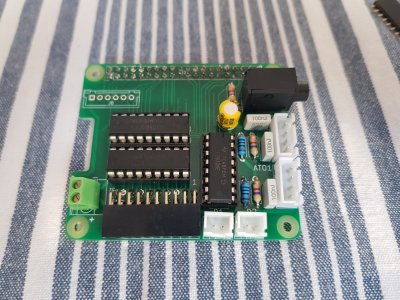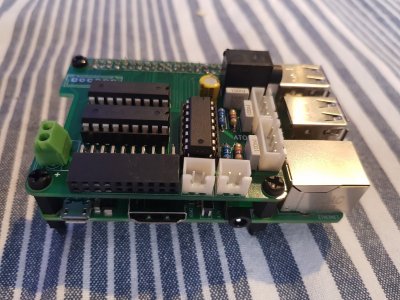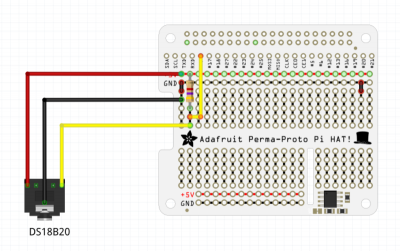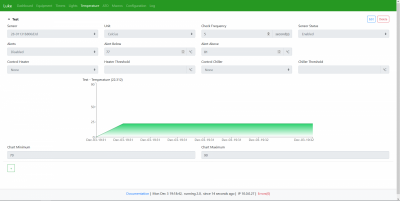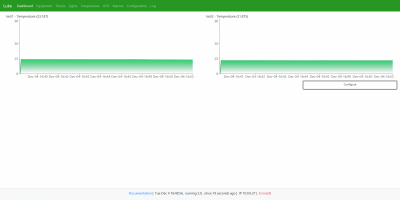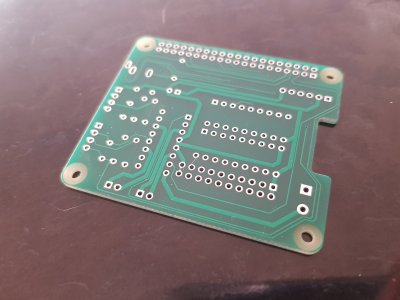Hey everyone! Here is another #reef-pi build for anyone interested in following 
My build will consist of @Ranjib reef-pi (of course) and I will also be using the HAT and PWM module from @wykat .
I only have a laptop so I couldn't do the standard raspberry pi set up with a mouse and keyboard, so I found a guide to set up the SD card with SSH and wifi enabled.
I downloaded Raspbian and flashed it on to the SD card with Etcher.
Once it is flashed you need to create an empty text file on the card called "SSH".
IF you want to use wifi you also need to create a text file called wpa_supplicant.conf with the following lines
ctrl_interface=DIR=/var/run/wpa_supplicant GROUP=netdev
network={
ssid="YOUR NETWORK NAME"
psk="YOUR PASSWORD"
key_mgmt=WPA-PSK
}
Put the card in to the pi and power it on. Now you need to find the IP address of the pi. I used a program called nmap.
To do this, open the command prompt and enter nmap -sn YOUR IP ADDRESS/24
It will take a few seconds and then list everything on your network.
Next is to SSH in to the pi by entering ssh pi@PI IP ADDRESS
The default login is pi and password is raspberry
From this point you can configure and install everything from the reef-pi guides.
My build will consist of @Ranjib reef-pi (of course) and I will also be using the HAT and PWM module from @wykat .
I only have a laptop so I couldn't do the standard raspberry pi set up with a mouse and keyboard, so I found a guide to set up the SD card with SSH and wifi enabled.
I downloaded Raspbian and flashed it on to the SD card with Etcher.
Once it is flashed you need to create an empty text file on the card called "SSH".
IF you want to use wifi you also need to create a text file called wpa_supplicant.conf with the following lines
ctrl_interface=DIR=/var/run/wpa_supplicant GROUP=netdev
network={
ssid="YOUR NETWORK NAME"
psk="YOUR PASSWORD"
key_mgmt=WPA-PSK
}
Put the card in to the pi and power it on. Now you need to find the IP address of the pi. I used a program called nmap.
To do this, open the command prompt and enter nmap -sn YOUR IP ADDRESS/24
It will take a few seconds and then list everything on your network.
Next is to SSH in to the pi by entering ssh pi@PI IP ADDRESS
The default login is pi and password is raspberry
From this point you can configure and install everything from the reef-pi guides.
Last edited:




